Looking for the best drone you can buy in 2021? You’ve landed in the right place. From affordable flyers to premium machines, we’ve piloted all of the top photography drones to bring you this detailed buying guide – featuring the perfect flying machines for every budget and skill level. (Searching for the best beginner drone? Check out our separate guide on those).
Drones with cameras come in a range of shapes and sizes, from folding pocket rockets to hefty professional craft. Smaller models can be nimble but susceptible to gusts of wind, while larger models sacrifice portability for a heavier payload. This list covers all bases and budgets. And whichever style of flyer you choose, the best photography drones in 2021 are capable of catching crystal clear stills and video from up high in the sky.
There’s never been a better time to invest in a drone. Improvements to automated flying modes mean it’s easier than ever to get off the ground and pilot like a pro. If you’re a first-time flyer, models like the DJI Air 2S and DJI Mini 2 will soon have you capturing cinematic shots. Equally, seasoned hobbyists will welcome advancements in gimbal technology, sensors and video transmission – all of which make the best camera-equipped drones an accessible way to capture creative and arresting aerial imagery.
There have been relatively few new drone models hitting the skies in 2021. The biggest news for budding pilots is the rumored arrival of the DJI Mavic 3 Pro later this year. Set to succeed the capable DJI Mavic 2 Pro, it should come equipped with an upgraded sensor and other treats. But with launch delays rumored, its release this year is not guaranteed – which is why the Mavic 2 Pro remains in our guide, for now.
Keen to know the very best drone you can buy today? With a compact folding design, capable 1-inch sensor and plenty of beginner-friendly flying modes, our current recommendation for the best photography drone is the DJI Air 2S. It’s a brilliant all-rounder which ticks a lot of boxes for novices and hobbyists alike.
But there might be factors which make a different drone better for your needs and budget. The DJI Phantom 4 Pro V2.0, for example, is a stable, wind-resistant option for experienced aerial filmmakers, while the DJI Mini 2 is an ultra-compact and affordable photography drone for beginners. Looking for more recommendations for novices? Check out our dedicated list of the best entry-level drones.
There are several DJI alternatives available, too. Powervision’s PowerEgg X is a unique waterproof option, while Parrot’s range of drones offers plenty. Whatever you’re looking for, you’ll find your ideal photography drone in the buying guide below.
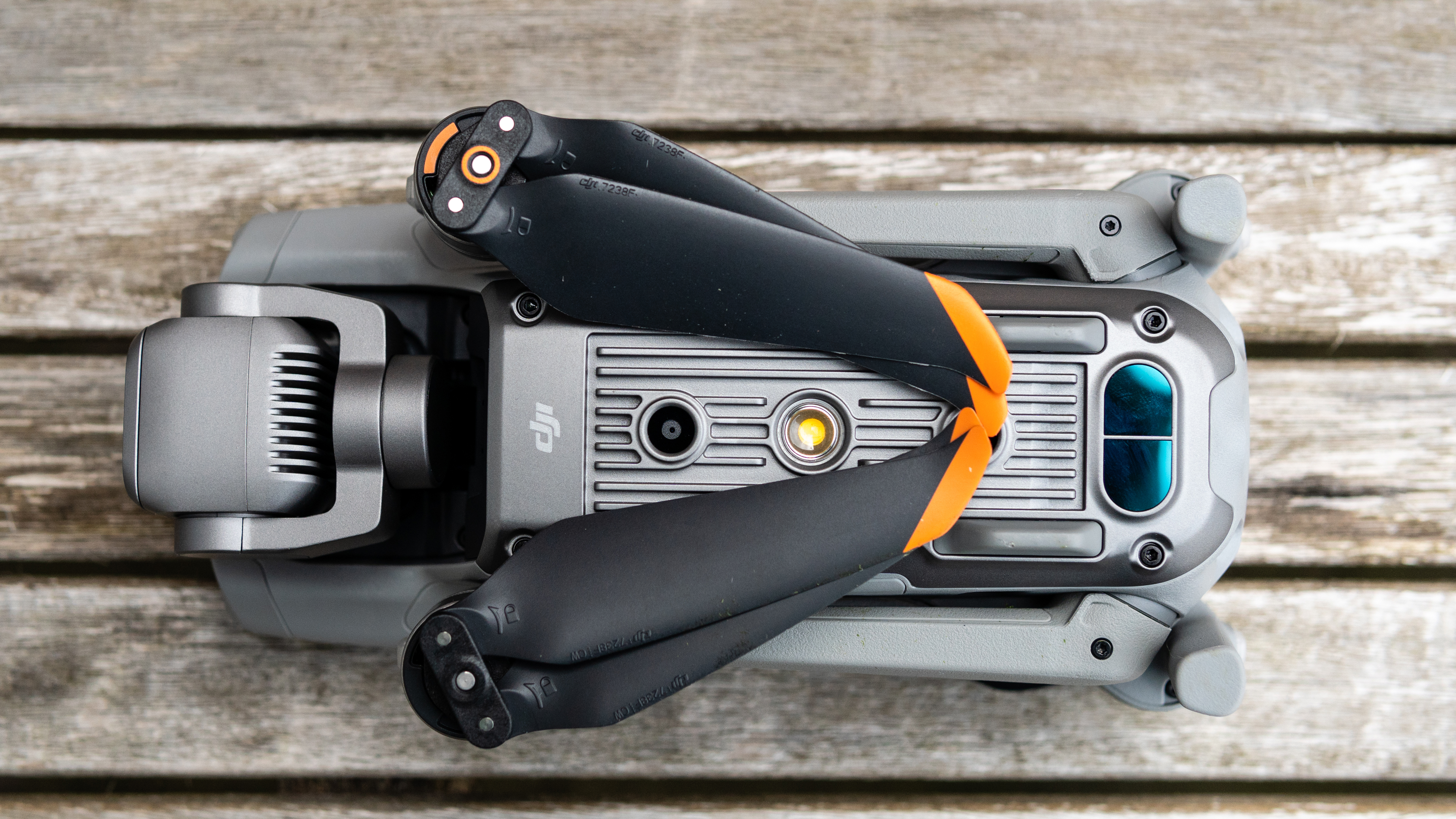

Should you buy DJI drones?
Despite the US government's decision in December 2020 to place Chinese drone maker DJI on its 'Entity List' – a trade blacklist that Huawei found itself on in 2019 – we're still more than happy to recommend its flying cameras.
There are a few reasons for this. Firstly, the US government hasn't yet explained exactly why DJI was added to its 'Entity List' and DJI itself has strong refuted the decision, saying it "has done nothing to justify being placed on the list".
Also, more recently in June 2021, the Pentagon released a report stating that two "Government Edition" DJI Drones are "recommended for use by government entities". This doesn't mean that DJI has been given the all-clear, and Congress is mulling over a law that could ban the government for five years from 2023.
But for consumers, there's no sign that DJI will be banned from selling its drones in the US – instead, the trade blacklist simply restricts DJI's access to US technologies for future products. So while it may well affect DJI's supply chains, all the big retailers like Amazon are still selling the company's drones as usual.
The decision of whether or not to buy DJI drones is a personal one, but we are very happy to continue recommending its class-leading models as usual. Right now, models like the DJI Air 2S remain the best in their class, and we see no reason not to recommend them to anyone looking to step into aerial photography.

The best drone in 2021:
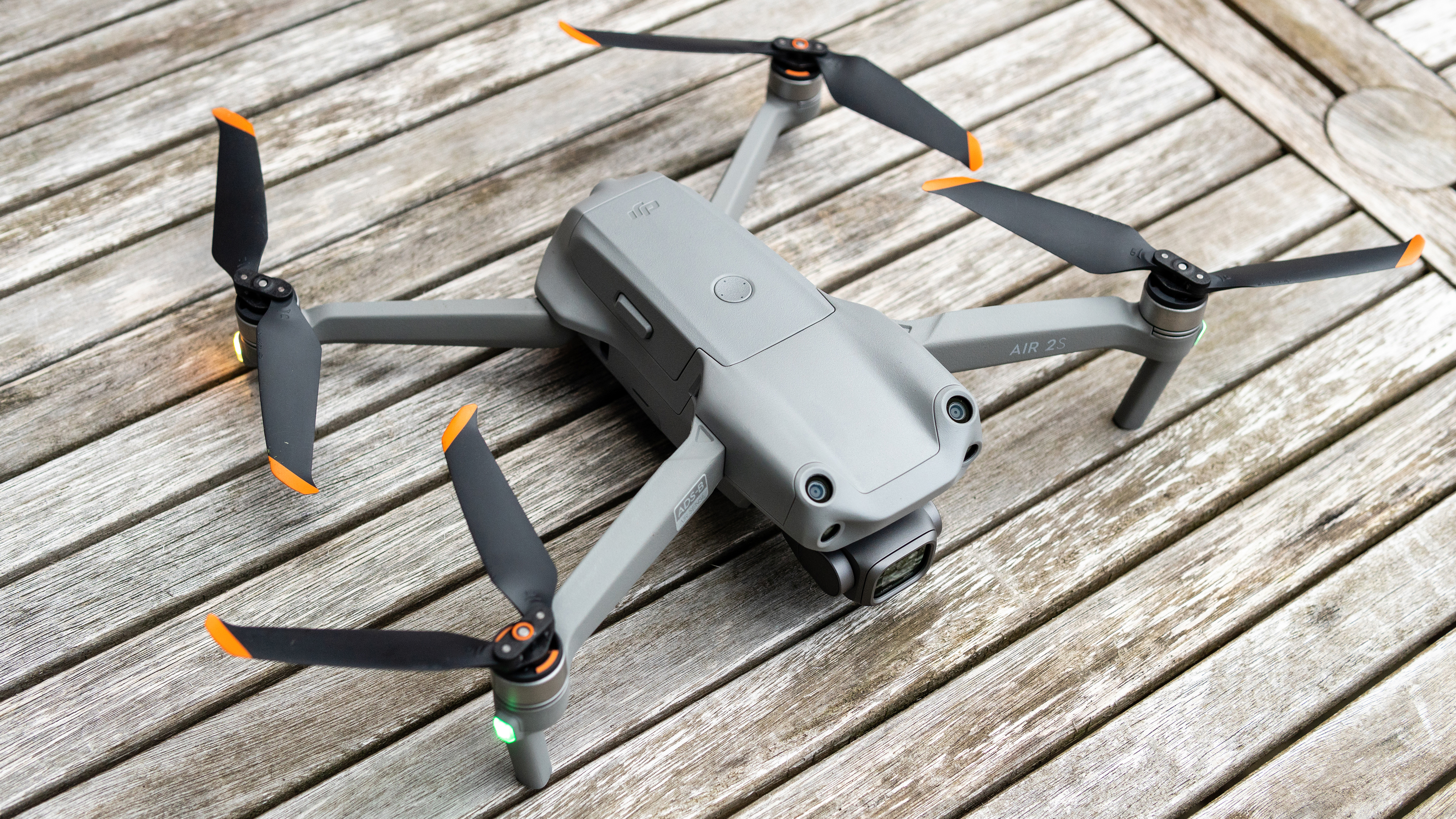
The superb Air 2S combines the best features of our two previous favorite DJI drones, the Mavic Air 2 and Mavic 2 Pro. You get the compact, folding design of the former, plus the 20MP 1-Inch sensor found in the latter. The combination is a brilliant one, making the Air 2S our top choice for hobbyists and also pros who need a small drone that they can take anywhere.
While the Mavic Air 2 remains a good choice for those on a tighter budget, the Air 2S does deliver some handy advantages over its predecessor. The ability to shoot 5.4K video at 30fps gives you some extra creative flexibility, and supports a useful digital zoom option (even if we’d only recommend using that at 2x zoom). Throw in the ability to shoot 1080p at 120fps and some impressive high ISO performance, and you have a superb all-round flying machine that soars above its mid-range rivals.
- Read our in-depth DJI Air 2S review

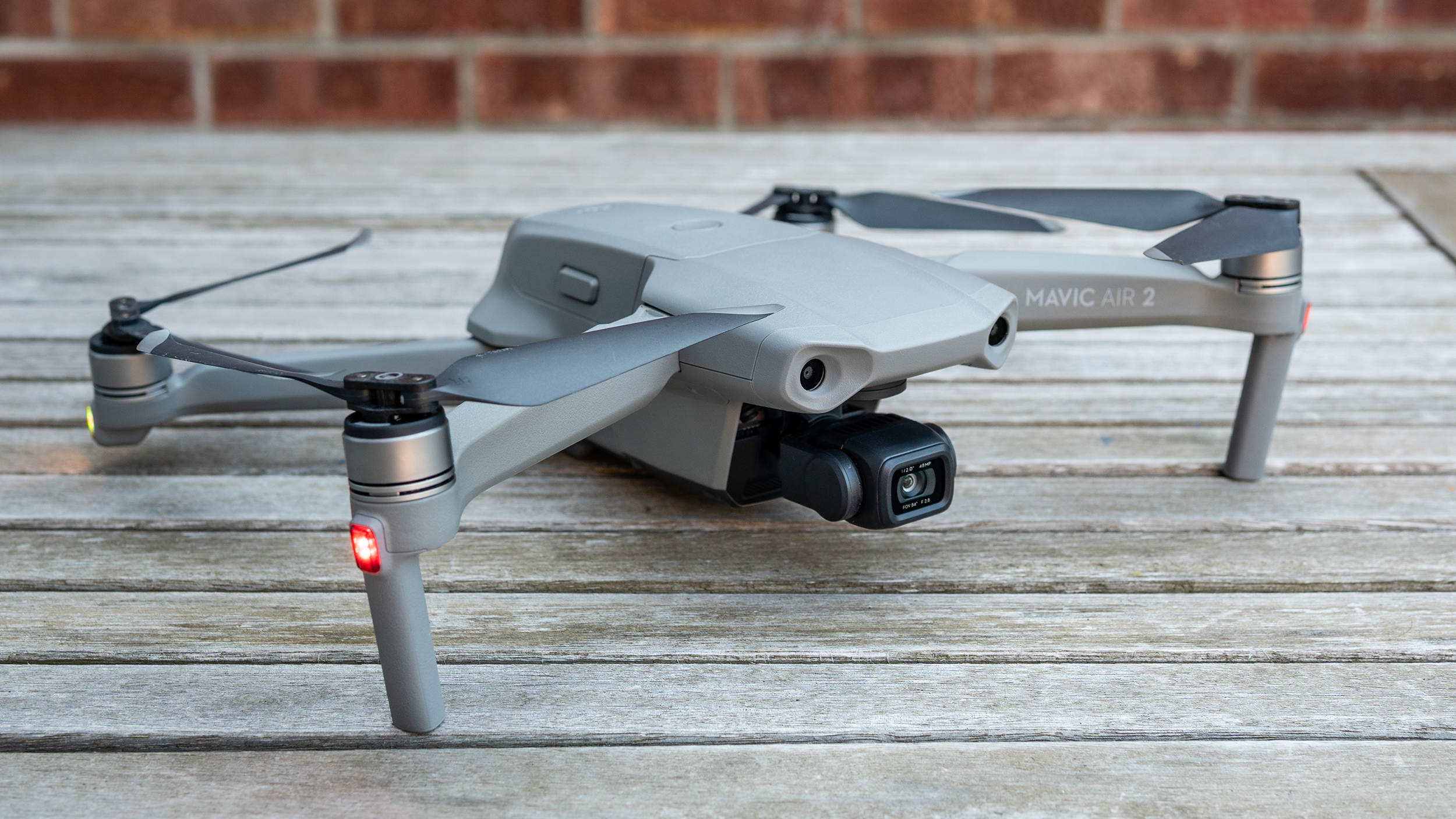
Previously our number one drone, the Mavic Air 2 has been nudged out of the limelight by the arrival of the DJI Air 2S (see above). But you shouldn’t necessarily discount it as an option – it’s more affordable than the Air 2S and may just suit you better, if you don’t need the new model’s larger 1-Inch sensor.
It still shoots 4K/60p video, boasts an impressive 34-minute flight time and has a comparable maximum 10km range. You also get the same subject-tracking goodness as the Air 2S, a slightly longer 34-minute flight time, and that handy, compact folding design. While we’d stretch to the Air 2S if you can, due to its larger sensor and useful digital zoom, the Mavic Air 2 remains a great value option that is well worth considering.
- Read our in-depth DJI Mavic Air 2 review

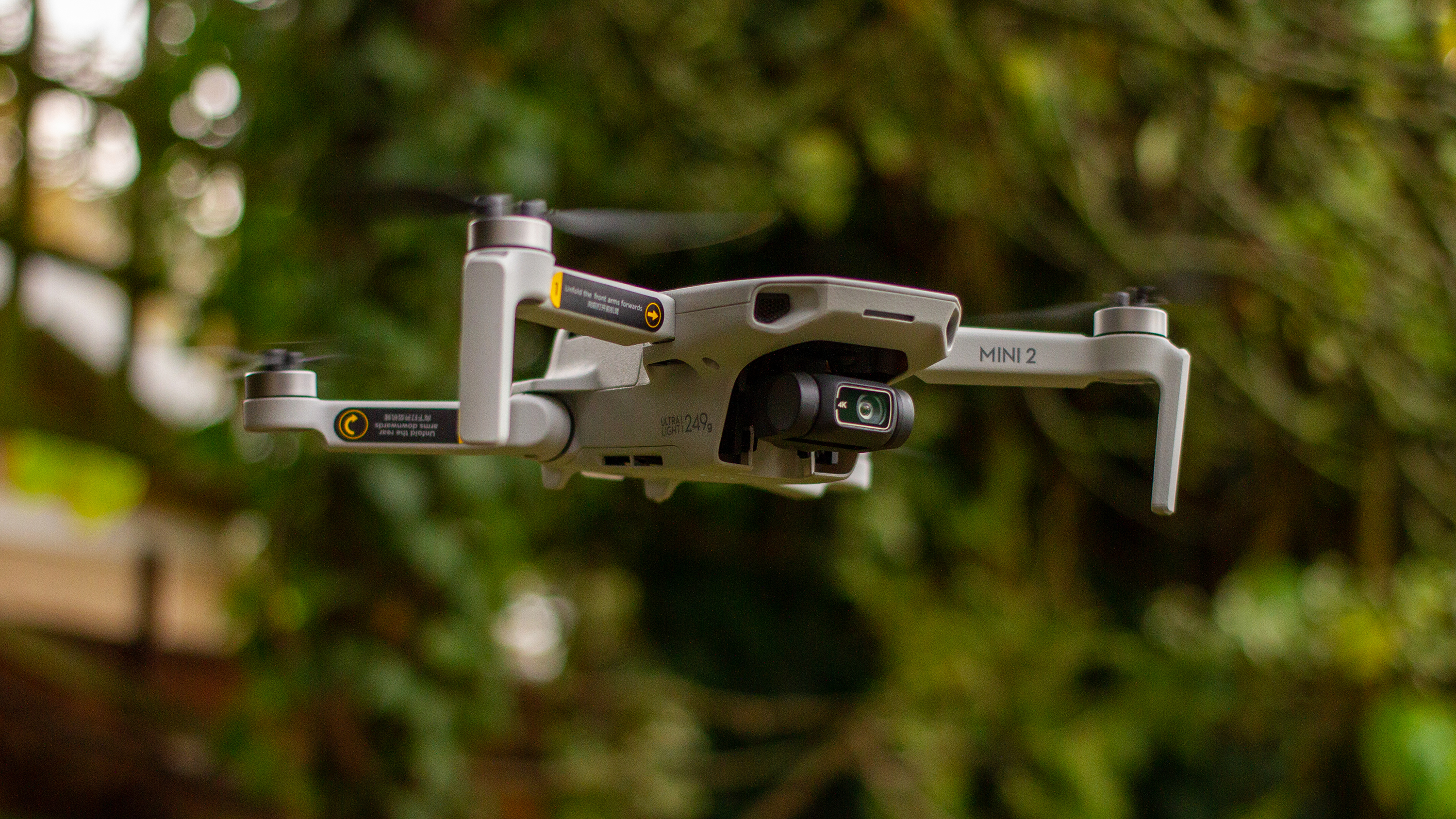
One of our few complaints about the DJI Mavic Mini was that it couldn't shoot 4K video – this excellent successor fixes that, while giving us a few extra treats in the process. The Mini 2 has the same ultra-compact design as before, making it the joint-smallest drone in DJI's line-up, but comes with a new controller that boosts it range (thanks to Ocusync 2.0 connectivity) and delivers a more polished flying experience.
Like the Mavic Mini, it's packed with a generous selection of beginner-friendly QuickShot modes, which see the drone perform pre-programmed moves. But the Mini 2 offers more for pro snappers, too, thanks to the inclusion of raw photo shooting, while 4K video means the arrival of a boosted 100mbps bit-rate. Sure, the Mini 2 isn't otherwise a huge step up from the Mavic Mini, but it's undoubtedly the best compact drone you can buy.
- Read our in-depth DJI Mini 2 review

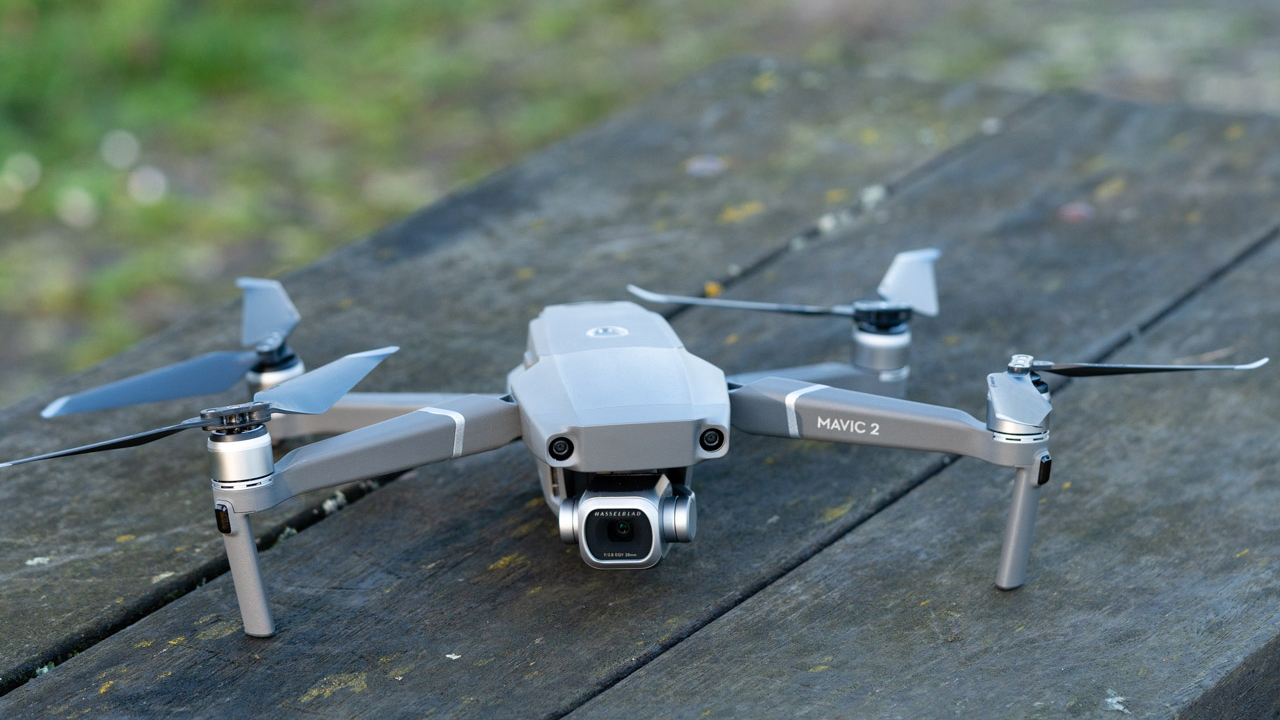
The DJI Air 2S overshadows the older Mavic 2 Pro in most respects, aside the Pro's handy variable aperture. But how much longer will the Mavic 2 Pro be around? Rumors suggest a DJI Mavic 3 Pro (or perhaps the DJI Pro 3) will succeed it later this year. The fresh flagship is likely to ship with a new sensor that could set a new benchmark for small, folding drones. But with no confirmed release date and rumors of launch delays, the Mavic 2 Pro remains a top drone in DJI’s flying line-up – at least for the time being.
The DJI Air 2S offers better value in a smaller package, but the older Mavic 2 Pro still delivers outstanding image quality from its 20MP 1-inch sensor, plus impressive 4K/30p video. There’s raw support for pro-level images and, unlike the Air 2S, it also offers that adjustable aperture (which lets you switch between f/2.8 and f/11) for in-flight f-stop tweaks – a real bonus for those who prefer to manually control exposure.
- Read our in-depth DJI Mavic 2 Pro review

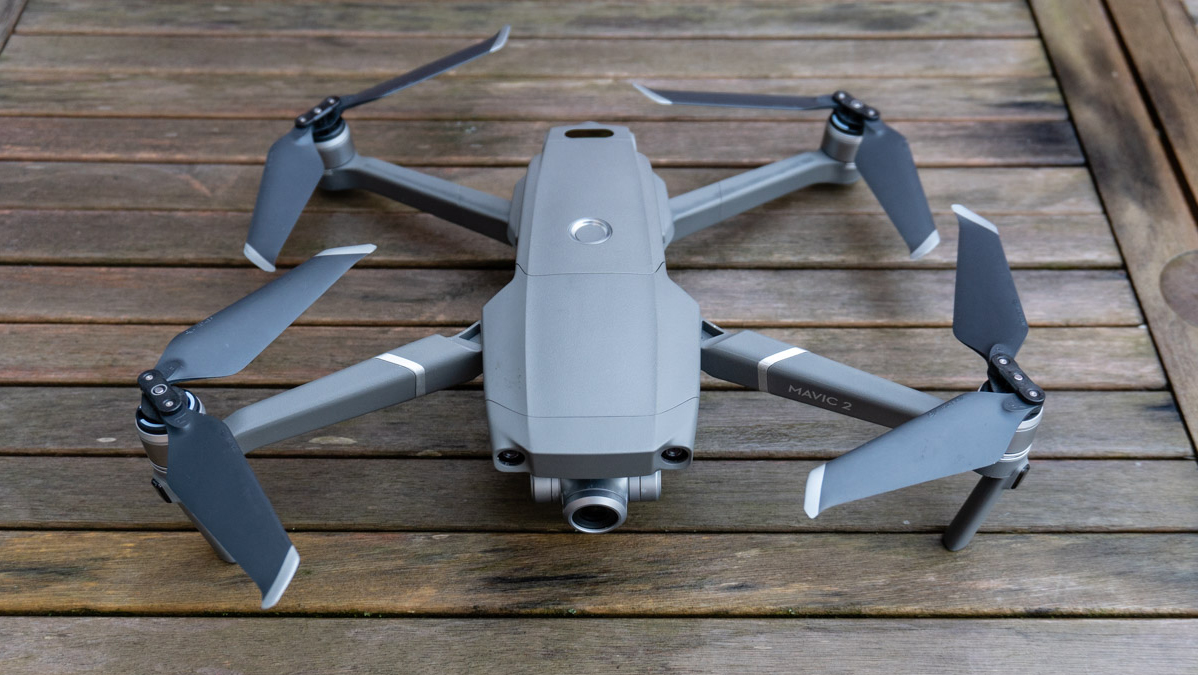
The DJI Mavic 2 Zoom is largely identical to the Mavic 2 Pro, apart from one crucial difference – its camera system. While both drones are incredibly portable, sharing the same lightweight foldable design, and offer a range of high-spec features, the Zoom pairs a smaller 12MP sensor with an 24-48mm optical zoom lens. That means you can capture close-up shots of subjects like people, while still maintaining the safe and legal distance of 50m.
Because of the smaller sensor, image quality doesn’t quite match the Mavic 2 Pro and the f/2.8 aperture is fixed, but photos and videos are still more than good enough for professional use. The real boon is that zoom lens, which unlocks a world of creative shooting potential. Range is good, distortion minimal and control is intuitive via the partner app. On top of that, you get all of the intelligent flight modes you’d expect from a DJI drone, including Active Track and Hyperlapse, as well as a decent 30-minute flight time. If you want a drone with zoom, this is the one for you.
- Read our in-depth DJI Mavic 2 Zoom review

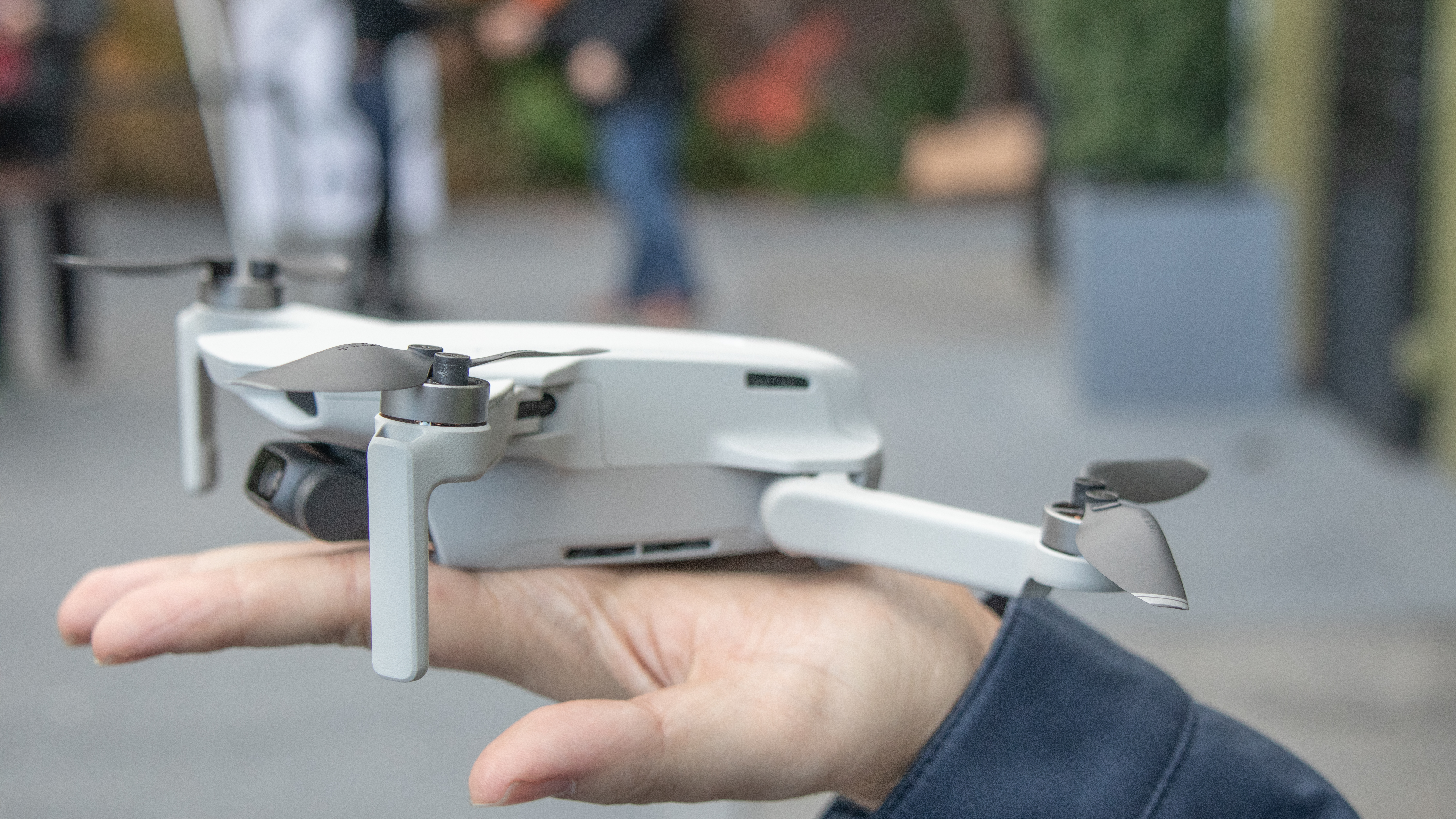
It's now been succeeded by the DJI Mini 2, but this ultra-compact drone will remain on sale – and that's good news for anyone who needs a slightly more affordable palm-sized drone with impressive video quality. Compared to its newer sibling, you miss out on raw photo capture, Ocusync 2.0 connectivity (for improved range) and some new motors, but the Mavic Mini is otherwise very competitive and still streaks ahead of any other drone in its weight category.
Just like on the Mini 2, it's a shame there's no ActiveTrack object tracking or 'follow me' function, but if you're simply looking to take your first step in aerial photography or videography, the Mavic Mini is a great option. We'll be keeping a close eye on its price tag, too, to see if moves further into super-bargain territory.
- Read our in-depth DJI Mavic Mini review

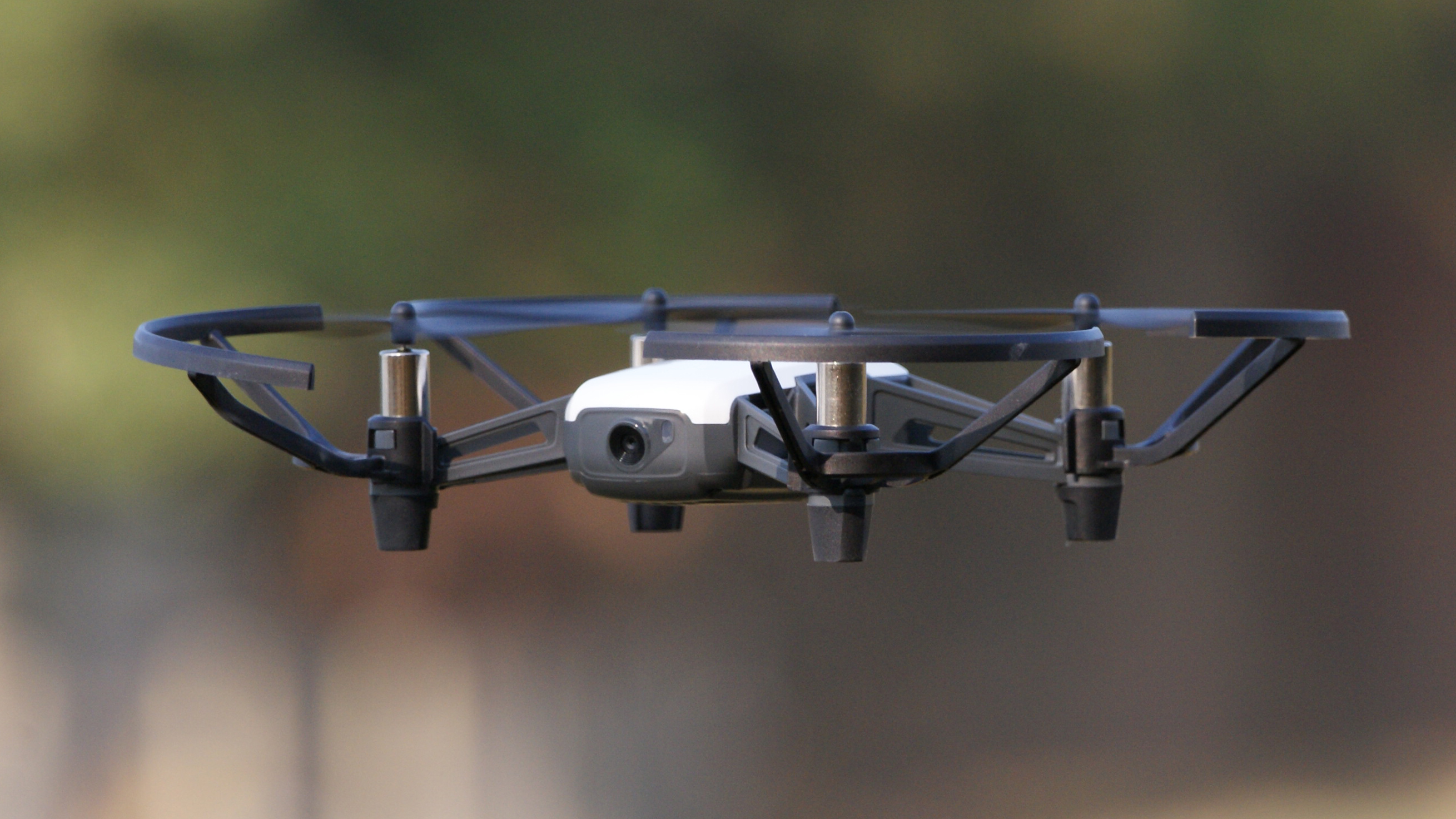
Simple, lightweight and affordable, the Ryze Tello is designed to be a fun drone for first-time flyers. And despite its budget price tag, the Tello offers plenty: the battery serves up a reasonable 13 minutes of flight time, while downward-facing light sensors allow the Tello to hover in place and perform a handful of automated tricks.
Image quality from the nose-mounted 5MP camera is less impressive, with a limited dynamic range and noticeable compression artifacts when streaming 720p HD video. Because video is beamed directly to your smartphone, the frame rate is affected by any drop in connection strength.
That said, the app is refreshingly simple and makes for a straightforward way to pilot the Tello, with an on-screen twin-stick setup that’s rewardingly responsive. The theoretical range is 100m, but 30-40m is more realistic – which, given how even the slightest breeze can blow the 80g Tello off course, is not necessarily a bad thing.
The Ryze Tello is fundamentally a fun drone to fly on a calm day, zipping along at a rapid chop and reacting nimbly to intuitive inputs. The limited range is somewhat restrictive but, provided you don’t mind choppy video, it’s nevertheless the best starter drone around.
- Read our in-depth Ryze Tello review


DJI's Phantom range was the series that really took its drones to new heights – and while the Phantom 4 Pro V.20 isn't the newest model in this list, it remains a fine option for professionals who need something sturdy and reliable for windy conditions. Launched in 2018, the Phantom 4 Pro V2.0 was a big upgrade on the Phantom 4, bringing vastly improved obstacle avoidance and intelligent flight modes like ActiveTrack. Its 20MP 1-inch sensor can also shoot impressive raw stills and 4K/60p video at 100Mbps in the D-log color profile.
Of course, the Phantom 4 Pro V2.0's size (it weighs 1,375g) means it isn't as convenient as the foldable Mavic 2 Pro, which also has a 20Mp 1-inch sensor. But it does also bring a mechanical shutter (for avoiding rolling shutter) and boasts a higher 4K frame-rate than its smaller sibling. With some excellent handling and 30 minutes of flight time, it's certainly worth considering if you need to shoot high-quality aerial stills and video in challenging weather that might be too much for the Mavic 2 Pro.
Read our in-depth DJI Phantom 4 Pro V2.0 review

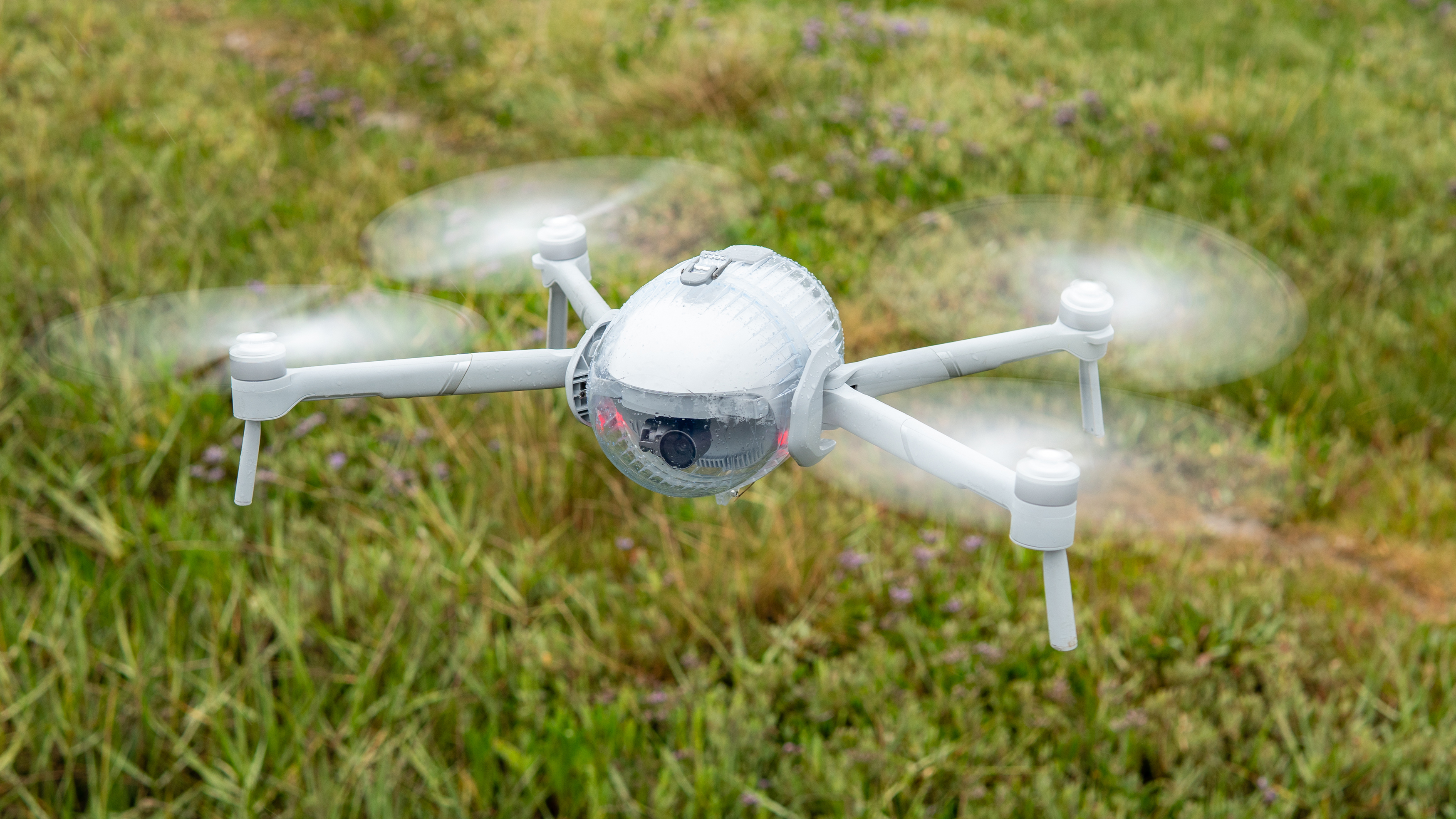
Ignore the culinary name: the PowerEgg X is a flyer, not a fryer. And in a market dominated by drones that don’t like water, PowerVision’s aerial orb is distinctive in its ability to fly in the rain and land on lakes (with the Wizard bundle). Image quality is affected by the plastic waterproof housing, but being able to operate in – and float upon – the wet stuff opens up a range of creative possibilities.
So, too, does the versatile modular design. The PowerEgg X can also be deployed as a handheld gimbal camera and an autonomous AI camera, which can be mounted to a tripod and controlled with hand-gestures.
The flip-side of the adaptable setup is that it’s slower to deploy. It might be lightweight, but removing the protective casing from the body, adding the propeller arms and setting up the controller takes a few minutes.
Image quality isn’t class-leading, either. The PowerEgg X does produce decent, detailed 4K footage in bright conditions, but the fixed aperture, fixed-focus 12MP 1/2.8-inch CMOS sensor can’t compete with DJI’s Mavic drones. It’s also not currently possible to record in Raw video formats.
Still, for short, sharp video sequences in bad weather, the PowerEgg X is one of the best options around.
- Read our in-depth PowerVision PowerEgg X review

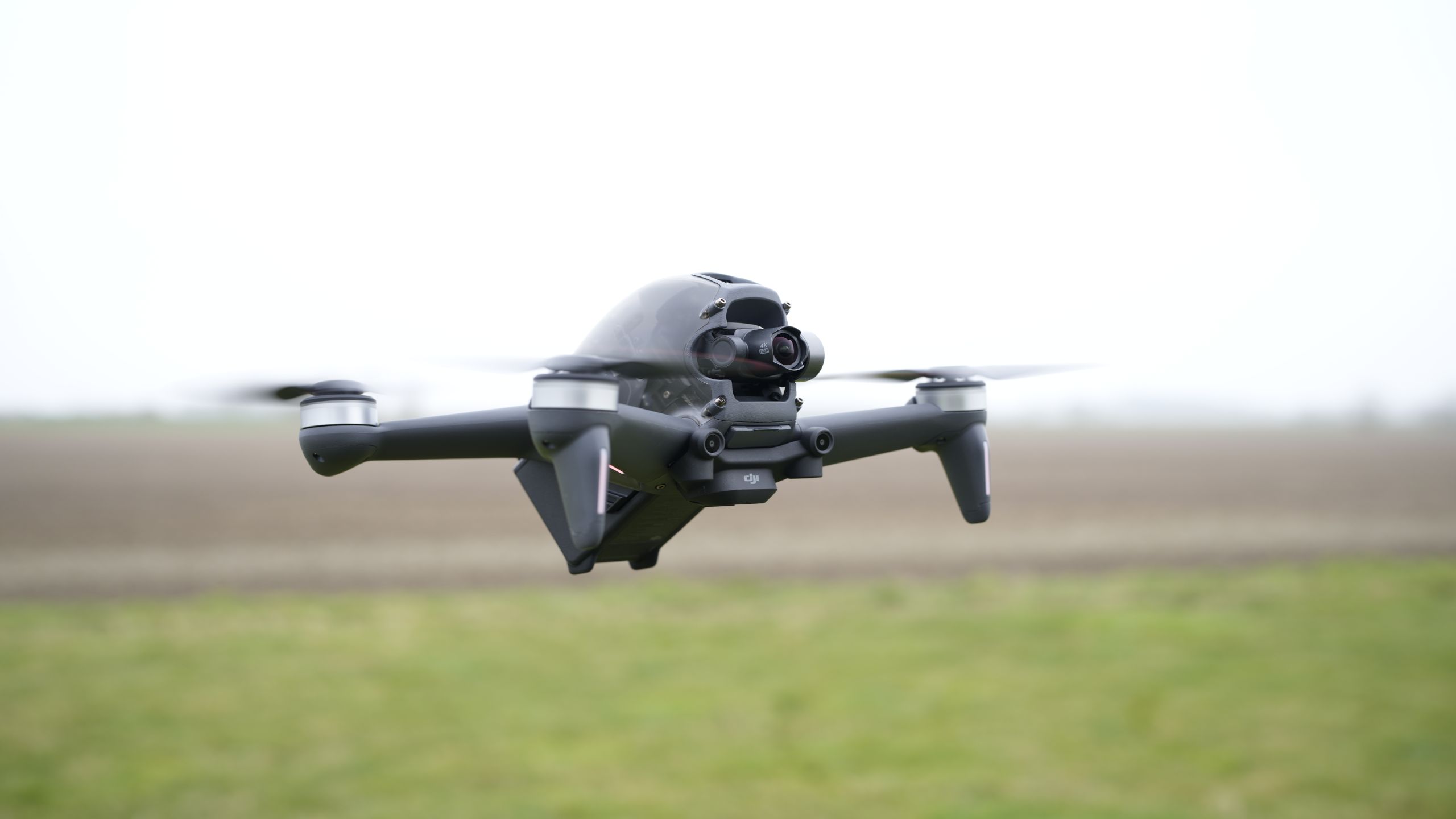
The DJI FPV is a unique drone that's a great introduction to first-person view flying. Like a combination of a speedy racing drone and DJI's Mavic series, it's a huge amount of fun to fly thanks to its impressive video headset, which gives you the sensation of soaring like an eagle. But it's also comes with a few more limitations than DJI's other drones.
One of the main drawbacks is the laws around flying FPV drones – while this varies depending on which country you're in, most regions require you to have a 'spotter' companion standing next to you as you fly, because the DJI Goggles V2 mean the pilot won't have direct line of sight with the drone.
If you're not planning to fly solo, though, and don't mind this restriction, then the DJI FPV is a fantastic option for first-timers. It's faster and more nimble than any other DJI drone, with a top speed of 87 mph, but also has three different flight modes (Normal, Sport and Manual) to help it appeal to different kinds of flier.
Unlike most FPV drones, it's also capable of shooting very impressive 4K video. The gimbal is only a single-axis affair (rather than the three-axis kind you get on the likes of the DJI Mavic Air 2), but electronic image stabilization steps in to ensure the footage is smooth, and you can also shoot 1080p in a slo-mo frame-rate of 120fps.
If you're looking for automated flying modes, though, then you'll be better off with the DJI Mavic Air 2 or DJI Mavic 2 Pro – this drone is all about the FPV flying experience, with the added bonus of shooting 4K video and 12MP stills. It does that very well, but comes with a learning curve and legal restrictions that ensure it's a little more niche than DJI's other drones – hence it's position a little further down this list.
- Read our in-depth DJI FPV review

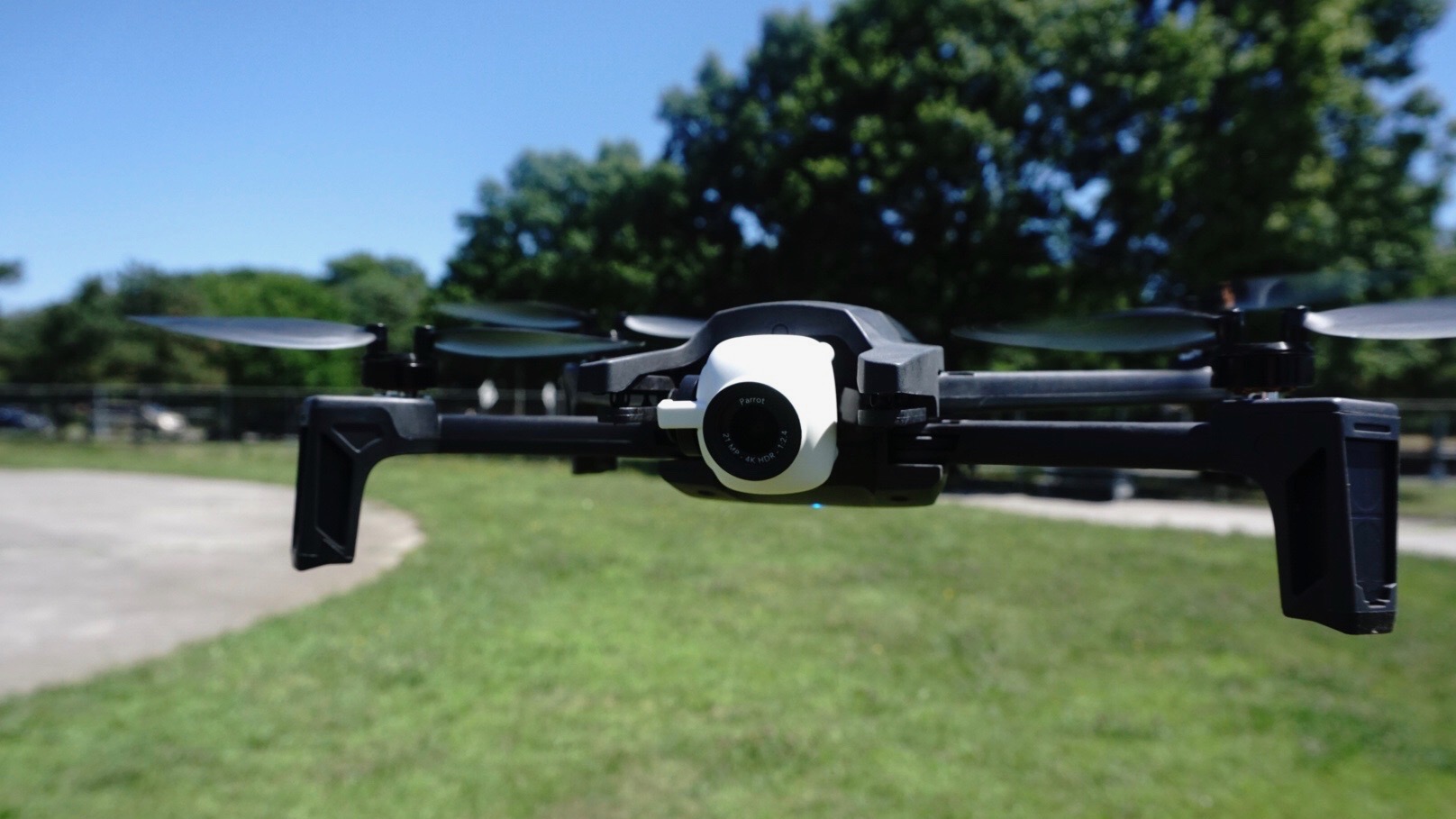
This lightweight, bug-like drone might be small, but its photography chops are among the most impressive around.
Its camera has 180 degrees of vertical range, which enables it to take photos directly upwards - a feat no other drone can match. It also has a 2.8x zoomable lens with no image quality reduction.
The Parrot Anafi is a particularly good choice for selfie fans. Its Follow Me mode tracks your movements, adjusting automatically for more photogenic angles, and its SmartDronies modes - Orbit, Parabola, Boomerang and Tornado - cause the drone to fly around you in various circles and arcs.
The main drawback is the Parrot Anafi's lack of obstacle avoidance, which makes it hard to recommend to new users. It's also a shame that a couple of flight modes are locked away as extra in-app purchases after you've paid for the drone.
- Read our in-depth Parrot Anafi review

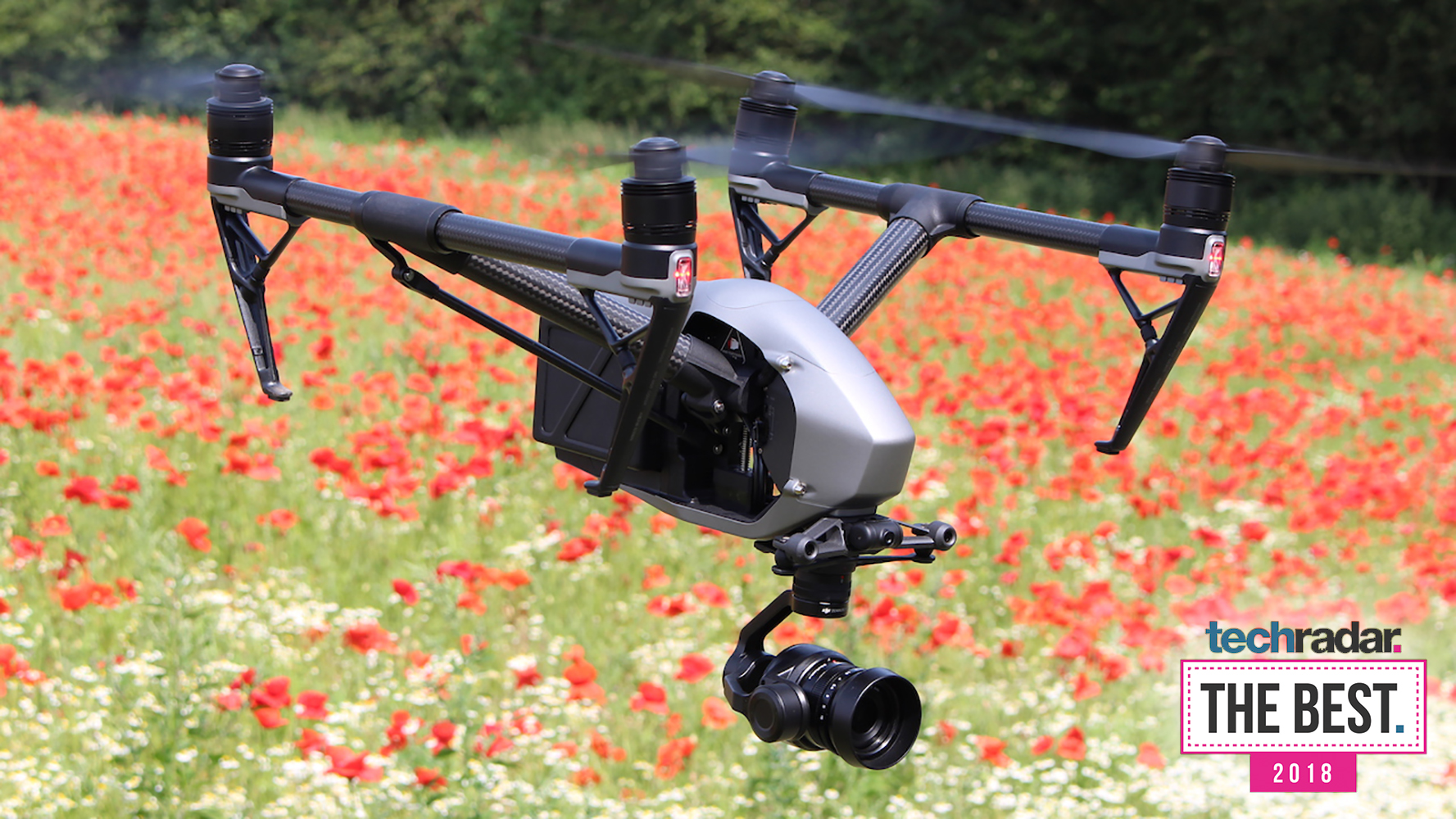
Soundly knocking its predecessor out of this list is the highly impressive Inspire 2. With a sleek metal composite bodywork upgrade, it's a much more attractive piece of kit. What's more, with more advanced object avoidance technology you don't have to worry about that beautiful body getting scratched by you accidentally clipping a tree.
You get more than 25 minutes of flight time out of the twin-battery arrangement, and the ability to swap camera lenses means that professional photographers and videographers have complete control over their images and 5K video.
The fully-featured smartphone app and dedicated remote control make this drone incredibly easy to control, but make no mistake, this is a professional piece of kit.
- Read our in-depth DJI Inspire 2 review

- Best DJI drones
- Check out the best beginner drones in the world right now
- Browse all the latest drone deals
- Best vlogging cameras
- These are the best YouTube cameras you can buy right now
- UK drone laws: where can and can't you fly your drone?
- DJI Mavic Air 2 vs Mavic 2 Pro: which is the best drone for you?
from TechRadar: Photography & video capture news https://ift.tt/33S7Ofo
via IFTTT






0 kommenttia:
Lähetä kommentti